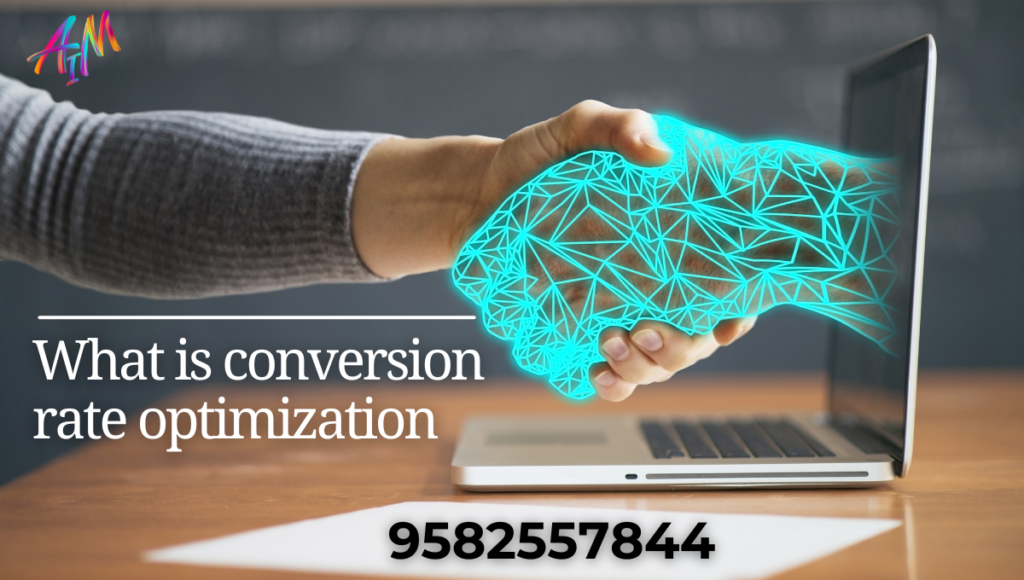what is conversion rate optimization In today’s competitive digital landscape, attracting website visitors is only half the battle. The real challenge lies in converting those visitors into paying customers or valuable leads. This is where Conversion Rate Optimization (CRO) becomes indispensable. By strategically refining your website or landing pages, CRO aims to maximize the percentage of visitors who take desired actions, ultimately boosting your business’s bottom line.
What is conversion rate optimization
Understanding Conversion Rate Optimization
What is Conversion Rate Optimization (CRO) involves the systematic process of analyzing user behavior, identifying barriers to conversion, and implementing targeted improvements to increase the likelihood of desired actions. It’s about optimizing every aspect of the user journey, from initial engagement to final conversion, to deliver a seamless and compelling experience that compels visitors to take action. (what is conversion rate optimization)
Why Conversion Rate Optimization Matters
Effective CRO isn’t just about boosting conversion rates; it’s about maximizing the return on investment (ROI) from your digital marketing efforts. By optimizing the user experience and streamlining the conversion process, businesses can achieve higher conversion rates without necessarily increasing traffic, resulting in significant improvements in overall ROI. (what is conversion rate optimization )
Key Elements of Conversion Rate Optimization
Website Design and User Experience (UX):
- Your website’s design and user experience play a pivotal role in influencing visitor behavior and conversion rates. Focus on creating an intuitive and visually appealing interface that guides users towards their goals effortlessly. Elements such as clear navigation menus, prominent CTAs, and responsive design are crucial for optimizing UX and driving conversions. (what is conversion rate optimization)
Landing Page Optimization:
- Landing pages serve as the entry point for many of your marketing campaigns, making them critical for driving conversions. To optimize landing page performance, ensure alignment between ad messaging and landing page content, minimize distractions, and use persuasive elements such as compelling headlines, benefit-oriented copy, and persuasive CTAs to encourage conversions. (what is conversion rate optimization )
A/B Testing and Experimentation:
- A/B testing, also known as split testing, involves comparing two versions of a webpage or element to determine which performs better in terms of conversion rates. By experimenting with different variations and analyzing the results, businesses can gain valuable insights into user preferences and behavior, allowing them to refine their strategies and optimize conversion rates over time.
Call-to-Action (CTA) Optimization:
- CTAs serve as the gateway to conversions, prompting users to take the desired action. To optimize CTAs for maximum effectiveness, use clear and actionable language, place them strategically within your content, and experiment with different designs, colors, and placement to determine the most compelling options for your audience. (what is conversion rate optimization )
- Successful CRO begins with a solid foundation of research and analysis. Start by gaining a deep understanding of your target audience, their needs, preferences, and pain points. Use tools like Google Analytics to track key metrics, identify areas for improvement, and set clear conversion goals. Once you have a clear understanding of your audience and objectives, prioritize optimization efforts based on potential impact and feasibility, and implement changes systematically, monitoring the results closely to measure the impact on conversion rates.
Measuring Success and Continuous Optimization
- Measuring the success of your CRO efforts requires tracking and analyzing key performance indicators (KPIs) such as conversion rate, bounce rate, average session duration, and goal completions. These metrics provide valuable insights into the effectiveness of your optimization strategies and help you identify areas for further improvement. Remember that CRO is an iterative process, and continuous optimization is essential for long-term success. Regularly monitor performance, test new ideas, and iterate based on user feedback and data-driven insights to maintain and improve conversion rates over time.
Conclusion:
Conversion Rate Optimization is not a one-time task but an ongoing process that requires dedication, experimentation, and continuous refinement. By focusing on optimizing the user experience, testing different strategies, and analyzing data-driven insights, businesses can unlock the full potential of their online presence and drive meaningful results. Embrace the power of CRO to turn more visitors into customers, maximize the ROI of your digital marketing efforts, and propel your business towards sustainable growth and success in the digital age.




